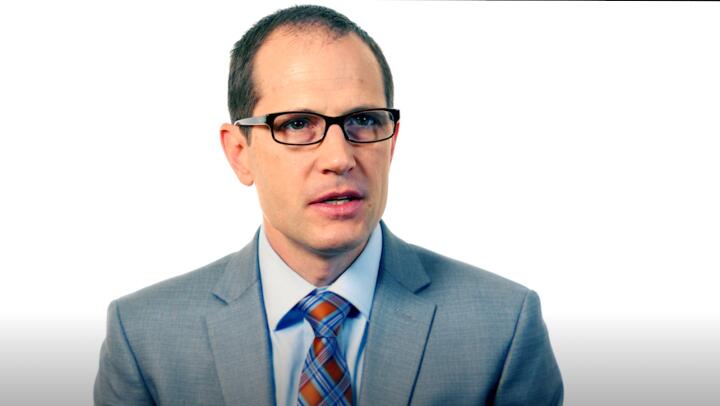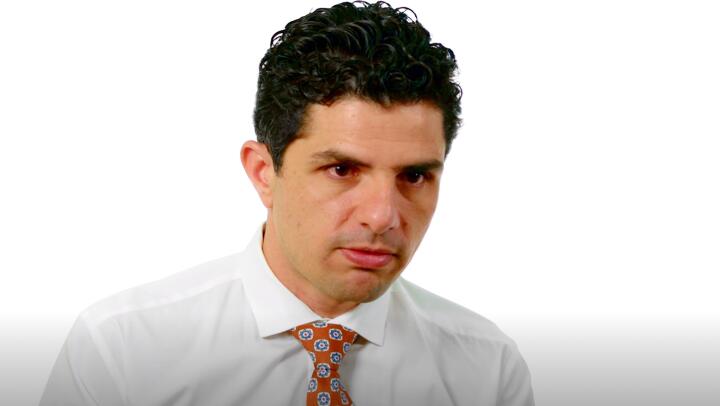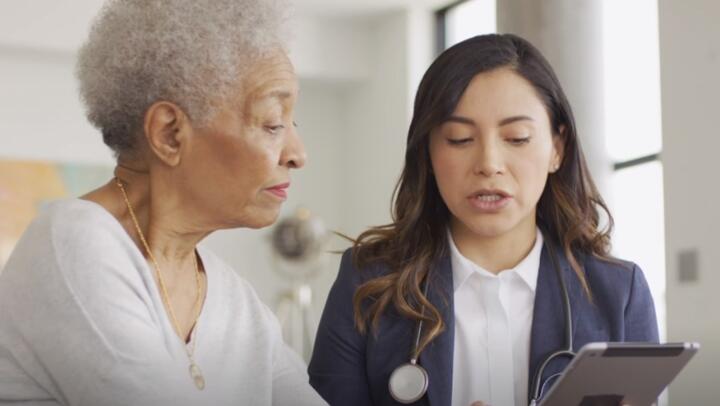
Triglycerides are fats that circulate in your blood. When you eat fatty foods, most of the fats are in the form of triglycerides. When you eat too many calories, the extra calories are converted to triglycerides and stored away inside your body's fat cells.
Most people find out they have high or very high triglycerides from a blood test. Triglycerides are checked along with total cholesterol, good cholesterol (HDL), and bad cholesterol (LDL). These are all lipids and the combined blood test is called a lipid profile.
One reason it's important to have a lipid profile is that there are usually no symptoms associated with high cholesterol or high triglycerides, a condition called hyperlipidemia. You could have very high triglycerides and not know it.
Signs of Very High Triglycerides
You have very high triglycerides if your level is 500 milligrams per deciliter (mg/dL) or higher. Very high triglycerides can lead to a dangerous swelling of your pancreas called pancreatitis. You can also have swelling of your liver, increase your risk for stroke and heart attack, and even get fat deposits under your skin. Here are some warning signs:

Xanthomas. Fatty deposits beneath the skin are called xanthomas. They can be very small or as wide as three inches or more. They can be any shape and may have a yellow or orange color. Xanthomas can be a warning sign of very high cholesterol or triglycerides. They are common over joints like elbows and knees, or on the hands, ankles, back and buttocks. Xanthelasmas are fatty deposits that can occur on your eyelids. Xanthomas are not dangerous but can be unsightly. They may go away once triglyceride levels are lowered.
Pancreatitis. Another warning sign of very high triglycerides is a condition called acute pancreatitis. Symptoms include sudden severe belly pain, nausea, vomiting, fever, rapid heartbeat, and rapid breathing. Alcohol can trigger an attack of pancreatitis, and if you have high triglycerides, alcohol can shoot them up even higher.
Other warning signs. You may also get swelling and pain in your liver or spleen. Very high triglycerides may cause blocking of the blood supply to your heart or your brain. Symptoms of decreased blood supply to your heart could include chest pain. Decreased blood supply to your brain could cause numbness, dizziness, confusion, blurred vision, or severe headache. With triglyceride levels above 4,000 mg/dL your doctor may notice some changes on your eye exam. Finally, memory loss has been associated with some conditions causing elevated triglycerides.
Remember that you may have no warning signs for high triglycerides or even very high triglycerides, so it's best to have a lipid blood test to find out about your cholesterol levels and your triglycerides. The National Cholesterol Education Program advises that everyone have a lipid profile every five years starting at age 20.
If you have any warning signs of very high triglycerides, talk to your doctor. If your blood test shows high triglycerides you may be able to lower them with diet and exercise. If you have very high triglycerides you will probably need medications along with diet and exercise.
Key Takeaways
High triglycerides can lead to dangerous health problems.
You can have high triglycerides without having any symptoms.
Yellow, fatty deposits under your skin, called xanthomas, can be a warning sign.
Don't wait for problems to develop. If you are over age 20, have your triglyceride level checked as part of a lipid profile every five years.




















